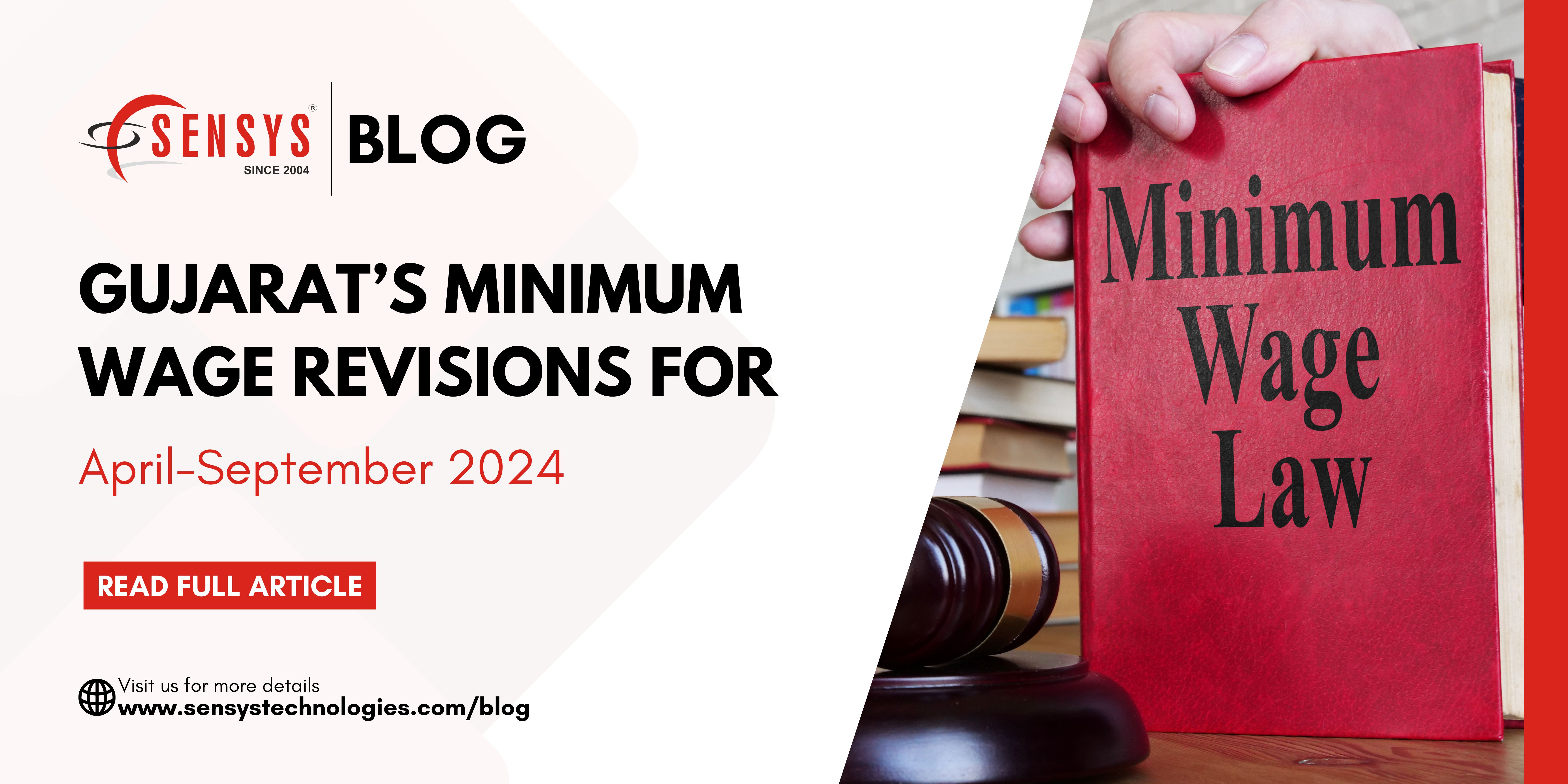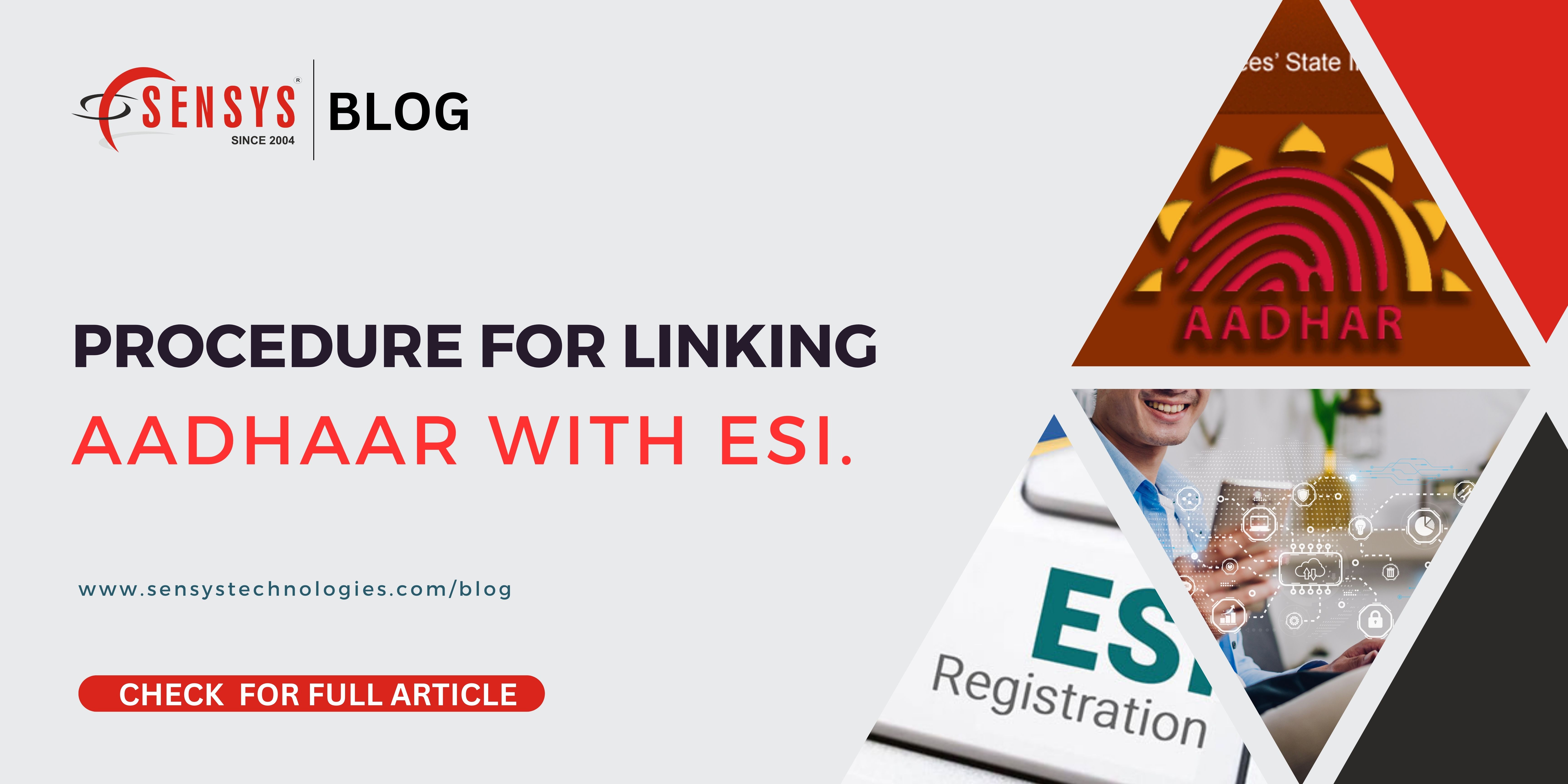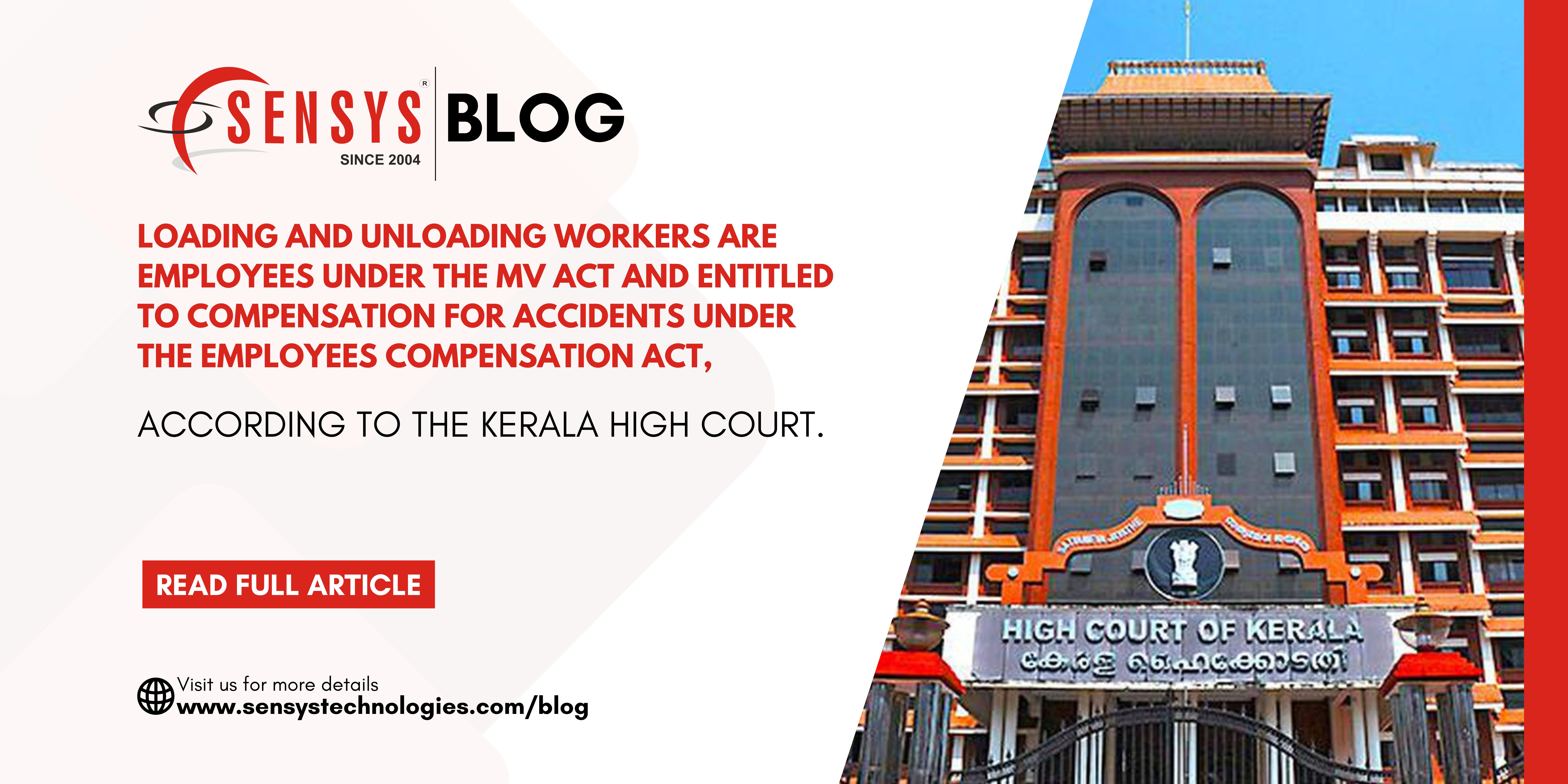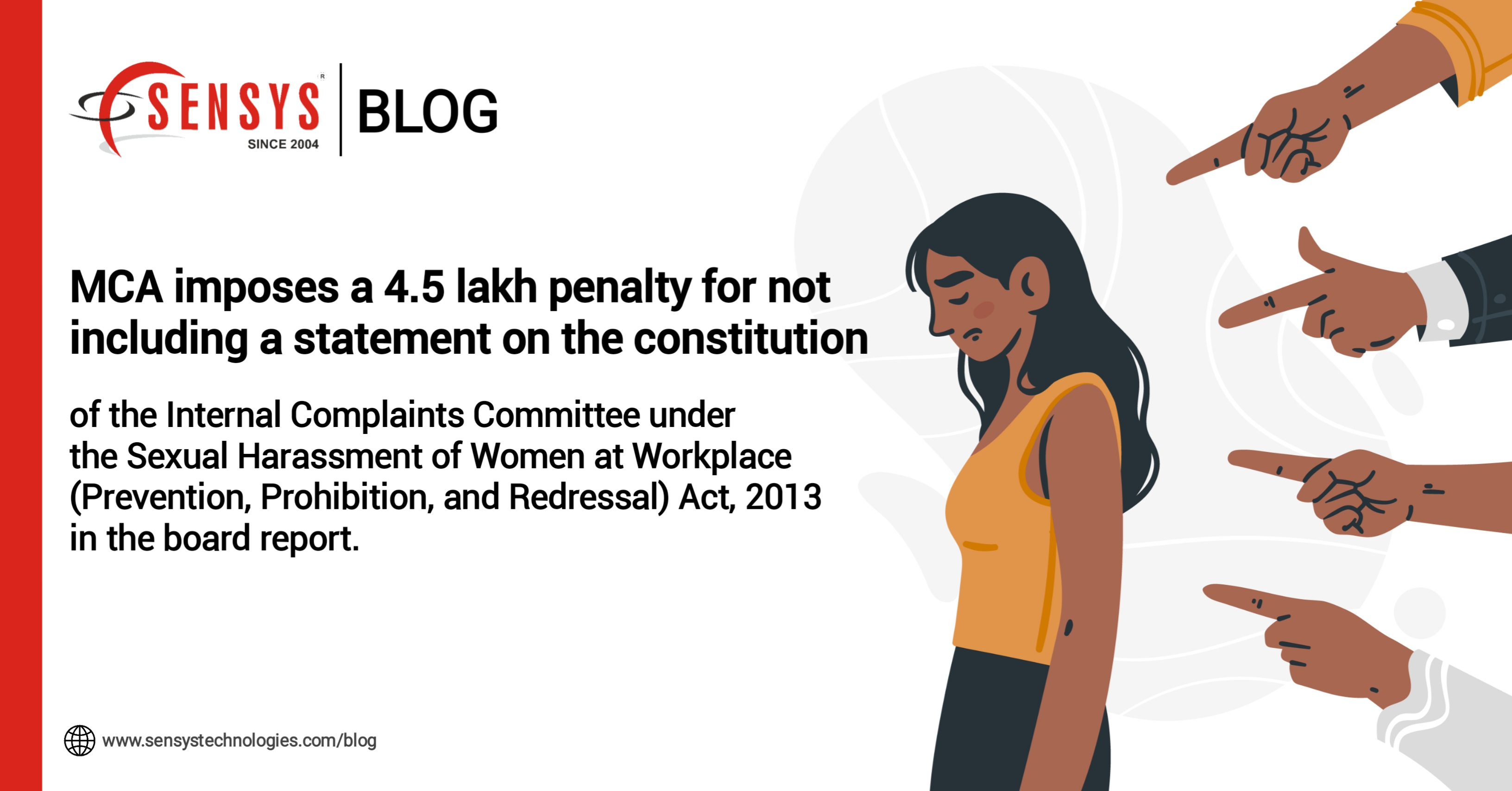
Budget – in – summary:
In ` lac Crore
| Particulars |
Budget Estimated
FY 2024-25 |
|
Estimated
FY 2023-24 |
| Total Expenditure |
47.65 |
|
44.90 |
| Capital Expenditure |
11.11 |
16.9% ↑ |
9.50 |
| To be financed by |
| Tax revenue |
26.02
(being 55% of total BE) |
|
23.24
(being 52% of total expenditure) |
Thus, the main focus is on infrastructure development that to be financed mainly from tax collection by keeping revenue deficit @ 2%.
Objective of the interim budget 2024 and THE FINANCE BILL 2024:
“A BILL to continue the existing rates of income-tax for the financial year 2024-2025 and to provide for certain relief to taxpayers and to make amendments in certain enactments”.
To keep the revenue deficit intact and getting more dependent on tax revenue following measures are propose to be carried out for rationalization of direct taxes and indirect taxes.
Tax Rates – To continue the existing rates of income tax:
In para 92 of Budget Speech, the honorable FM said – “As for tax proposals, in keeping with the convention, I do not propose to make any changes relating to taxation and propose to retain the same tax rates for direct taxes and indirect taxes including import duties.” Thus, effective tax rates for different categories of persons shall be as below:
Category1. In case of an Individual (resident or non-resident) or HUF,or Association of Person or Body of Individual or any other artificial juridical person.
Individuals
(Other than resident senior and super senior citizen)
| Net Income Range |
Rate of Income Tax |
| For AY 2024-25 |
For AY 2023-24 |
| Up to ₹ 2,50,000 |
|
|
| ₹ 2,50,000 to ₹ 5,00,000 |
5% |
5% |
| ₹ 5,00,000 to ₹ 10,00,000 |
20% |
20% |
| Above ₹ 10,00,000 |
30% |
30% |
Individuals being Resident Senior Citizen
(i.e., who is 60 years or more but less than 80 years at any time during the previous year 2023-24)
| Net Income Range |
Rate of Income Tax |
| For AY 2024-25 |
For AY 2023-24 |
| Up to ₹ 3,00,000 |
|
|
| ₹ 3,00,000 to ₹ 5,00,000 |
5% |
5% |
| ₹ 5,00,000 to ₹ 10,00,000 |
20% |
20% |
| Above ₹ 10,00,000 |
30% |
30% |
Individuals being Resident Super Senior Citizen
(i.e., who is 80 years or more at any time during the previous year 2023-24)
| Net Income Range |
Rate of Income Tax |
| For AY 2024-25 |
For AY 2023-24 |
| Up to ₹ 5,00,000 |
|
|
| ₹ 5,00,000 to ₹ 10,00,000 |
20% |
20% |
| Above ₹ 10,00,000 |
30% |
30% |
Hindu Undivided Family – including AOP, BOI, AJP
| Net Income Range |
Rate of Income Tax |
| For AY 2024-25 |
For AY 2023-24 |
| Up to ₹ 2,50,000 |
|
|
| ₹ 2,50,000 to ₹ 5,00,000 |
5% |
5% |
| ₹ 5,00,000 to ₹ 10,00,000 |
20% |
20% |
| Above ₹ 10,00,000 |
30% |
30% |
Surcharge: It is levied on the amount of income tax if the income excess a certain limit (depicted below):-
| Net Income |
Rate of Surcharge |
| ₹ 50 lacs to ₹ 1 Crore |
10% |
| ₹ 1 Crore to ₹ 2 Crore |
15% |
| ₹ 2 Crore to ₹ 5 Crore |
25% |
| Above ₹ 5 Crore |
37% |
The surcharge of 25% & 37% shall not be levied on – Dividend Income, Income Chargeable u/s 111A, 112, 112A and 115AD(1)(b).
Marginal relief: In case surcharge is levied, a relief is available in the following manner:
| Net Income |
Manner of relief |
| ₹ 50 lacs to ₹ 1 Crore |
The amount payable as income tax and surcharge shall not exceeds the total amount payable as income tax on total income of ₹ 50 lacs by more than the amount of income that exceeds ₹ 50 lacs. |
| ₹ 1 Crore to ₹ 2 Crore |
The amount payable as income tax and surcharge shall not exceeds the total amount payable as income tax on total income of ₹ 1 Crore by more than the amount of income that exceeds ₹ 1 Crore. |
| ₹ 2 Crore to ₹ 5 Crore |
The amount payable as income tax and surcharge shall not exceeds the total amount payable as income tax on total income of ₹ 2 Crore by more than the amount of income that exceeds ₹ 2 Crore. |
| Above ₹ 5 Crore |
The amount payable as income tax and surcharge shall not exceeds the total amount payable as income tax on total income of ₹ 5 Crore by more than the amount of income that exceeds ₹ 5 Crore. |
Health and Education Cess: The Health and Education cess is levied @4% on the amount of income tax and surcharge in total.
Alternate Minimum Tax (AMT).
An individual is liable to pay Alternate Minimum Tax where tax payable by him, on his total income computed as per normal provisions of the Act, is less than 18.5% of ‘adjusted total income’.
‘adjusted total income’ in such cases shall be taken as total income of such individual and shall be liable to be taxed @ 18.5% of such ‘adjusted total income’.
However, AMT is levied @9% (surcharge and cess) in case of an assessee other than a company, being a unit of an IFS and deriving its income solely in convertiable foreign exchange.
New Tax Regime
or Alternate tax regime
(for Individual and HUFs only)
For, AY 2024-25, the new tax regime is the default tax regime for the Individual or HUF. Further, the benefit of new tax regime id also extended to AOP, BOI and AJP from assessment year 2024-25.
If one has to opt-out from default new tax regime, he has to exercise the option in a manner provided under section 115BAC(6).
| Net Income Range |
Rate of Income Tax |
| For AY 2024-25 |
| Up to ₹ 3,00,000 |
|
| ₹ 3,00,001 to ₹ 6,00,000 |
5% |
| ₹ 6,00,001 to ₹ 9,00,000 |
10% |
| ₹ 9,00,001 to ₹ 12,00,000 |
15% |
| ₹ 12,00,001 to ₹ 15,00,000 |
20% |
| Above ₹ 15,00,000 |
30% |
Surcharge in New Tax Regime: It is levied on the amount of income tax if the income excess a certain limit (depicted below):-
| Net Income |
Rate of Surcharge |
| ₹ 50 lacs to ₹ 1 Crore |
10% |
| ₹ 1 Crore to ₹ 2 Crore |
15% |
| ₹ 2 Crore to ₹ 5 Crore |
25% |
| Above ₹ 5 Crore |
37% |
The surcharge of 25% & 37% shall not be levied on – Dividend Income, Income Chargeable u/s 111A, 112, 112A and 115AD(1)(b).
Further, from Assessment Year 2024-25, a maximum rebate of ₹ 25,000/- is allowed under section 87A, if the total income of a resident individual, who is opting for the new tax scheme under section 115BAC(1A) is up to ₹ 7,00,000/-.
Direct Taxes Management and changes proposed:
- Now no tax liability for tax payers with income up to ₹ 7 lakh under new tax scheme.
- Threshold for presumptive taxation for retail businesses was increased from ₹ 2 crore to ₹ 3 crore.
- Threshold for professionals eligible for presumptive taxation was increased from ₹ 50 lakh to ₹ 75 Lakh.
- Corporate tax rate was decreased from 30 per cent to 22 per cent for existing domestic companies.
- Corporate tax rate was decreased to 15 per cent for certain new manufacturing companies.
- Jurisdiction-based assessment system was transformed with the introduction of Faceless assessment and Appeal system and now central government may issue relevant directions for rationalization of laws of income tax in this regard up to 31st March 2025 in contract of existing deadline of 31st March [Amendment of section 144C].
- Average processing time of returns has been reduced from 93 days in the year 2013-14 to a mere ten days this year with the more efficient use of IT infrastructure.
- Slab tax rates remain intact, i.e., no change in income tax rates [Section 2].
- Certain tax benefits to start-ups are expiring on 31.03.2024 will be extended to 31.03.2025. [Amendment of section 80-IAC]
- Tax benefits on investments made by sovereign wealth or pension funds are expiring on 31st March 2024 will be extended to 31st March 2025.
- Tax deduction on certain income of some International Financial Services Centre (IFSC) units are expiring on 31.03.2024 will be extended to 31.03.2025. [Amendment of section 80-LA]
- Withdraw outstanding direct tax demands up to ₹ 25,000 pertaining to the period up to financial year 2009-10 and up to ₹ 10,000 for financial years 2010-11 to 2014-15.
- Now w.e.f. 1st July 2023, TCS shall be collected @ 5% instead at existing rate of 20% by an authorise dealer in receipt of foreign remittance. [Amendment of section 206C(1G)]
- TCS shall be collected @20% if the above amount remitted for any purposes other than the education or medical treatment.
- Seller of an overseas tour programme package shall collect a sum of 20% of the amount or aggregate of amounts in excess of seven lakh rupees received from the buyer in a financial year.
- Now, Central Government may issue direction up to 31st March 2025 to facilitate greater use of IT facilities for departmental appeals. [Amendment of section 253]
- Now, Central government may issue direction up to 31st March 2025 to facilitate the faceless Appellate Tribunal procedure which is based on IT platform. [Amendment of section 255]
Indirect Taxes Management and changes proposed:
- Average monthly gross GST,collection has almost doubled to ₹ 1.66 lakh crore.
- Biggest beneficiaries of GST, are customers due to decreased logistics costs and taxes.
- import release time declined by 47 per cent at ICD, by 28 per cent at air cargo and by 27 per cent at sea port.
- No change in tax rates on goods and services.
Software Solutions Available on:
TDS | PAYROLL | WEB PAYROLL | WEB HRMS | XBRL | FIXED ASSET |INCOME TAX| SERVICE TAX | DIGITAL SIGNATURE | ATTENDANCE MACHINE & CCTV | DATA BACKUP SOFTWARE | PDF SIGNER
“Our Products & Services”
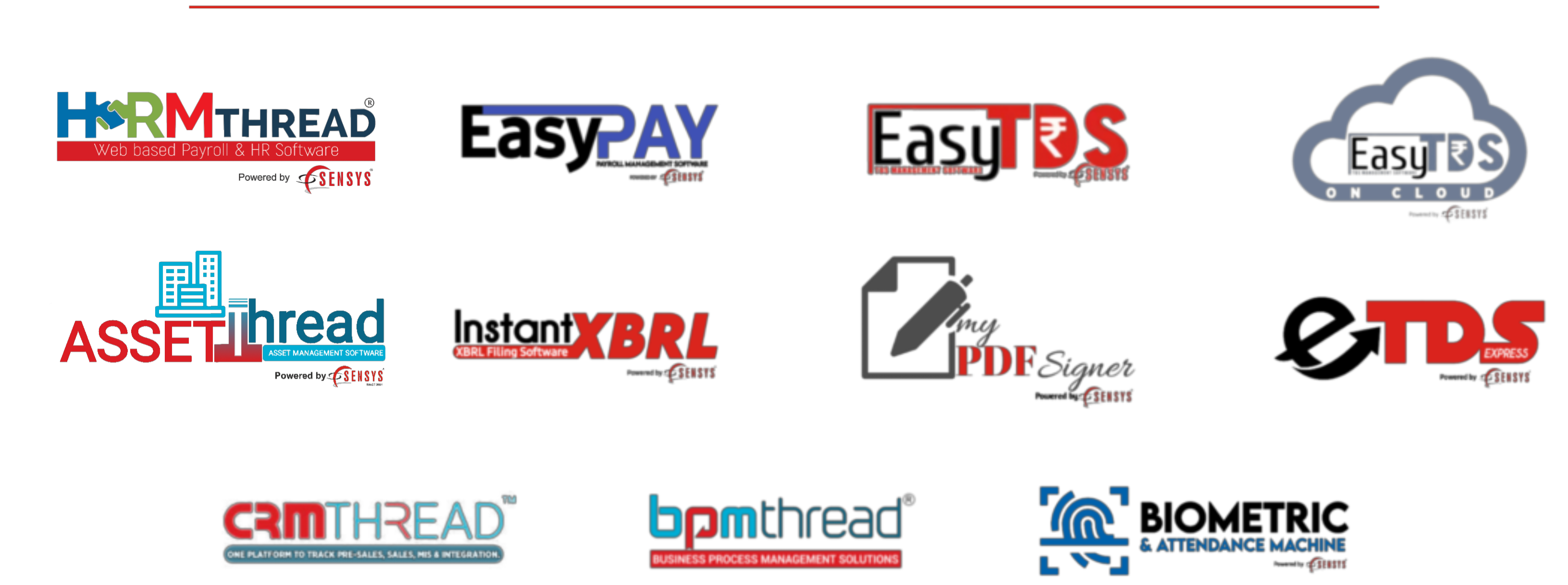
Sensys Technologies Pvt. Ltd.
HO: 904, 905 & 906, Corporate Annexe, Sonawala Road, Goregaon East, Mumbai- 400 063.
Call: +91 766 990 4748
Email: contact@sensysindia.com | Website: http://www.sensystechnologies.com
Branches: Delhi & NCR | Pune | Bangalore | Hyderabad | Ahmedabad | Chennai | Kolkata
